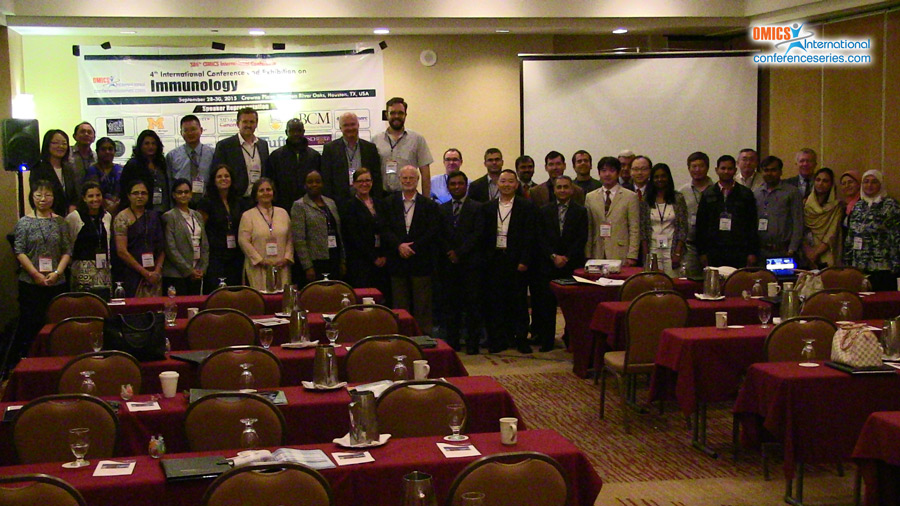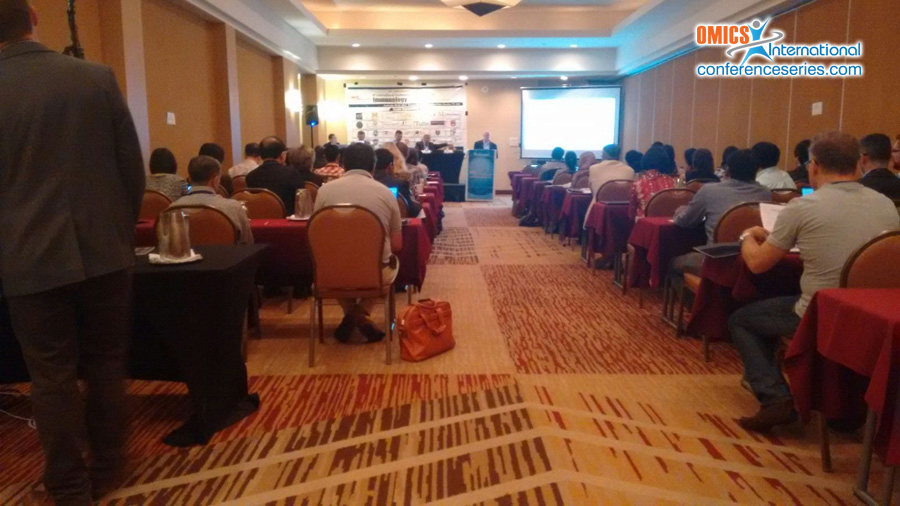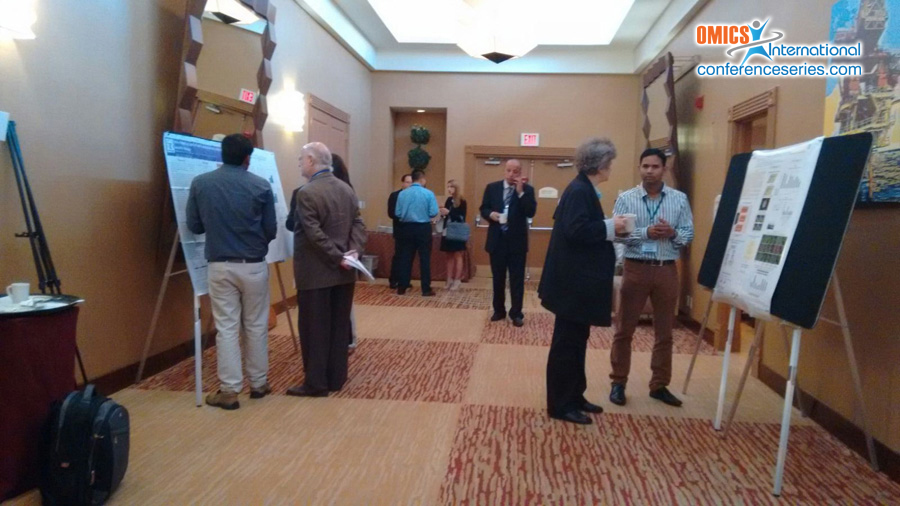
Michelle Tseng
Amerimmune Immunology Diagnostic Laboratory, USA
Title: Innovative diagnostic approach in primary immune deficiencies
Biography
Biography: Michelle Tseng
Abstract
Primary immune deficiencies (PIDs) affect approximately 1 in 1200 persons in the United States. Despite attempts to increase awareness and detection of PID, diagnosis is delayed over 10 years in 45% of the cases. In addition, the traditional diagnosis of immune disorders is taught as a step-wise approach and there are no clear guidelines on which step comes first or how far to progress the evaluation. We hypothesized that physicians lack understanding of immune disorders, the components of an immune deficiency evaluation and its interpretation as being the three main obstacles in identifying PIDs. We designed a diagnostic method called “curbside consultation†and offered it to physicians in Northern Virginia. We then calculated the prevalence of PID before and after our intervention by surveying 328 primary care providers (PCPs) and specialists asking the number of PID patients they have diagnosed. We provided them with the 10 warning signs of immunodeficiency and offered to perform the curbside consultation in patients they suspected of having an immunodeficiency. Patients’ clinical history and pertinent findings were reported to us and a blood sample to perform the immunological assays. Laboratory results were interpreted by an immunologist based on the supporting clinical data provided. A total of 9,265 patients were involved in the study over a two-year period. Prevalence of PID was 5.3:100,000 before the curbside consultation was implemented and increased to 33:100,000 afterwards (P<0.01). The most significant change in prevalence was observed in otolaryngology, pulmonary and pediatric gastroenterology patients. The addition of a qualitative assay and immune profiling, each by itself had a statistically significant impact on identifying additional cases of PID. Furthermore, the value each one of these immune tests differed between specialties. For example, T and NK cell abnormalities are more common in pediatric cardiology patients whereas B cell abnormalities are more predominant in pulmonary, primary care, and otolaryngology referrals. Hereby, we demonstrate the need for a complete assessment of the immune system, in a quantitative and qualitative manner. There is a statistically significant impact in improving accurate diagnosis of immune disorders. We believe that our approach saves healthcare costs by reducing patient referrals, decreasing exhaustive diagnostic evaluations and interventions and likely lessening morbidity by shortening delays in diagnosis.
Speaker Presentations
Speaker PDFs
Speaker PPTs Click Here



